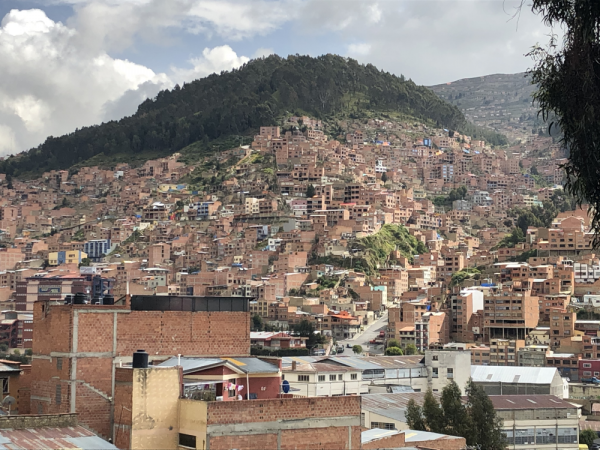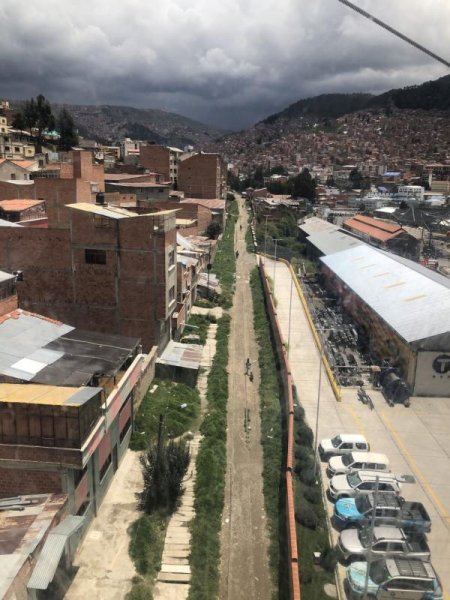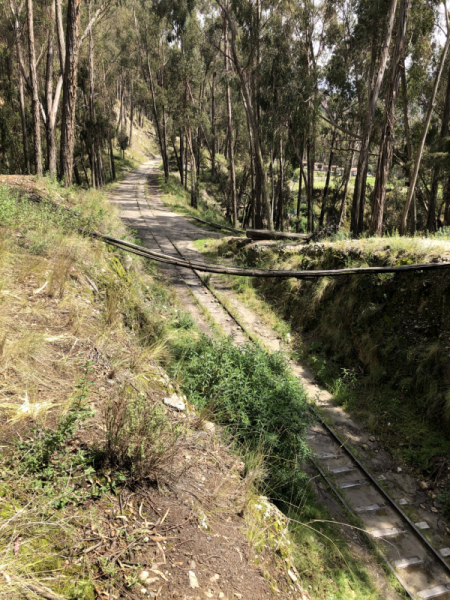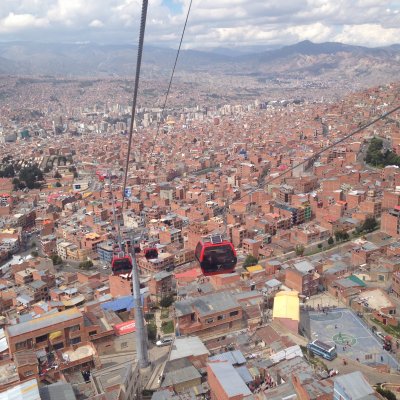NDF partners with IDB to support urban adaptation and resilience in Bolivia
NDF and the Inter-American Development Bank (IDB) will finance support for the preparation and implementation of the New Linear Park between La Paz and El Alto in Bolivia
NDF has approved a booster grant of EUR 500,000 that will contribute to the preparatory studies and technical assistance as part of the preparations of a new major IDB-supported investment program “Parque Lineal entre La Paz y El Alto - Thakhi Tantasiña”. This investment program will support the two cities in adaptation and mitigation efforts related to climate change impacts. Both cities are confronting increasing challenges due to rapid urbanisation and high vulnerability to climate change.
Currently Bolivia’s urban population is concentrated in the major and fast-growing cities, such as La Paz and El Alto, contributing to severe development challenges. The urban growth in La Paz-El Alto has been concentrated in areas with steep slopes, thus increasing its population’s vulnerability to flooding and landslides. Landslides, which are further increased by climate change effects, represent a special threat to human life, property, buildings, infrastructure and natural environments in these overpopulated, informal settlement areas. La Paz-El Alto is characterised by the lack of parks and public green spaces, which are key factors for the quality of urban life, the environment and tourism. In addition, green areas are essential elements to maintain slope integrity, erosion control and landslides mitigation.
Bolivia is highly vulnerable to climate change and has experienced a trend of increasing floods and landslides that negatively affects the urban development. During the past two decades, the number of flood and landslide events have increased significantly. In early 2019, two flood/landslides caused the deaths of 71 people in La Paz-El Alto and on 30 April 2019, a large landslide on these slopes affected 580 people and destroyed 68 houses.
The planned intervention area for the new project consists of a 17-kilometer long abandoned railway track and the largest remaining green area between the two cities, which provides a unique chance to create a green protection zone for recreation and disaster safety for citizens, further supporting a range of objectives for future resilient urban development. The planned program will provide greater access to quality public spaces for recreational and social integration purposes in a large natural corridor. Likewise, the environment will be improved in the surrounding areas, including improvement and/or construction of eco-efficient social interest housing and support for families to obtain significant savings in energy and water. The project will have full support from all key stakeholders and engage all social groups regardless of gender, ethnicity and economic status.




